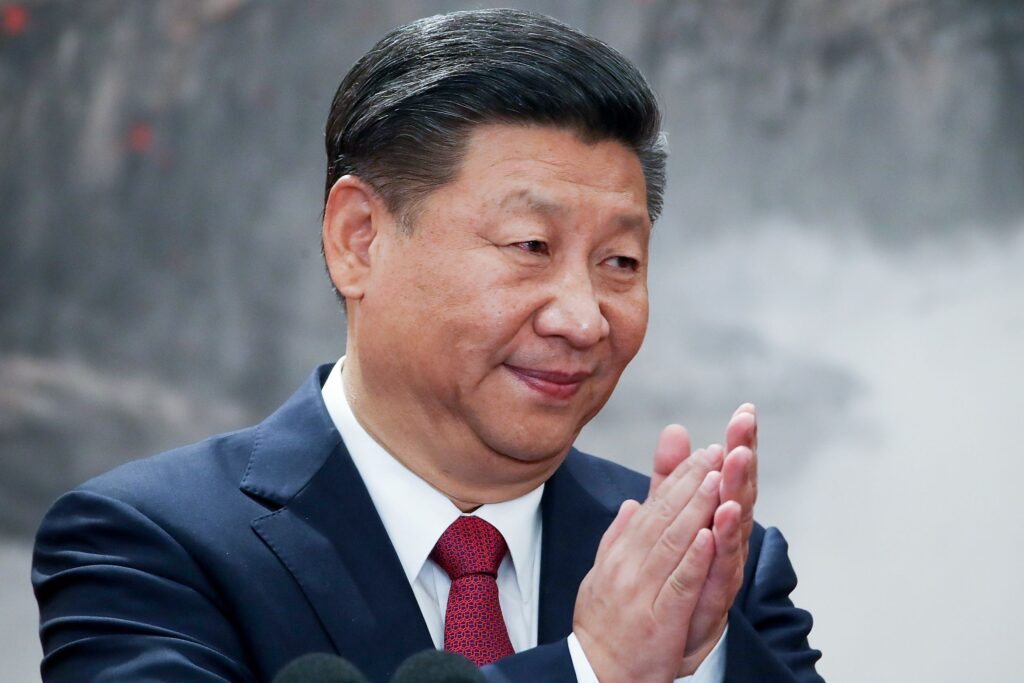Rama Krishna Sangem
Gold continues to be the best asset, at least for Indians. Gold prices may touch 4,000 US dollars for ounce (Oz) by July 2026. One Oz is 28.35 grams.
That means, the prices of a 22 carat ornamental gold in India will touch Rs 1,20,000 per 10 grams. This is the outlook presented by global consultancy JP Morgan Research says. Compared to any other assets class, gold appears to be reliable, stable and high yield giving one. If gold rises by 25- 28 per cent, others are only in the rage of 10 to 20 per cent.
Gold prices have rallied significantly this year, climbing as much as 30% year-to-date when they peaked at $3,500/oz in April, surpassing J.P. Morgan Research’s previous forecasts. As markets weigh policy uncertainty and geopolitical risks, what is the outlook for gold prices in 2025 and beyond?
“Earlier this year, we examined the structural shift in gold’s demand and geopolitically influenced pricing drivers fueling its rebasing higher, ultimately posing the question if $4,000/oz is in the cards,” said Natasha Kaneva, head of Global Commodities Strategy at J.P. Morgan.
“To answer the question — yes, we think it is, particularly now with recession probabilities and ongoing trade and tariff risks. We remain deeply convinced of a continued structural bull case for gold and raise our price targets accordingly,” Kaneva added. J.P. Morgan Research now expects prices to average $3,675/oz by the final quarter of 2025, rising toward $4,000/oz by the second quarter of 2026.
The precious metal surpassed multiple record peaks in 2024 and broke through the $2,900/oz barrier for the first time in February this year, as investors navigated market volatility following U.S. tariffs and heightened geopolitical risks. Prices peaked at $3,500/oz in April against a backdrop of unpredictable U.S. trade policy.
Geopolitical conditions push gold prices up
Traditionally, a weaker U.S. dollar and lower U.S. interest rates increase the appeal of non-yielding bullion. Economic and geopolitical uncertainty also tend to be positive drivers for gold, due to its safe-haven status and ability to remain a reliable store of value. It has low correlation with other asset classes, so can act as insurance during falling markets and times of geopolitical stress.
But given gold’s diverse and fluid drivers of demand at the moment, the metal has recently served both as a debasement hedge — or a form of protection against the loss of a currency’s purchasing power due to inflation or currency debasement — and in its more traditional role as a non-yielding competitor to U.S. Treasuries and money market funds.
“We still think risks are skewed toward an earlier overshoot of our forecasts if demand continues to surprise our expectations. For investors, we think gold remains one of the most optimal hedges for the unique combination of stagflation, recession, debasement and U.S. policy risks facing markets in 2025 and 2026,” said Gregory Shearer, head of Base and Precious Metals Strategy at J.P. Morgan.
So better all Indians prefer buying gold, to other assets like real estate or shares!


